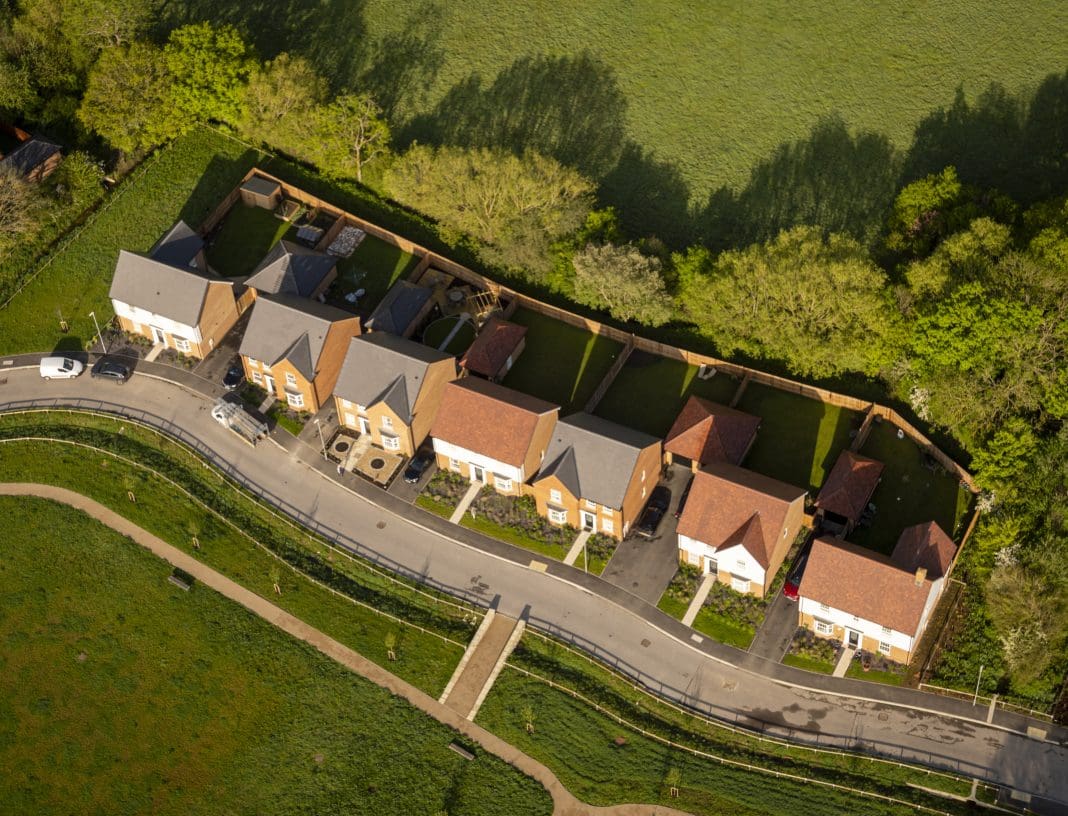While Labour’s housebuilding targets and planning reforms have been welcomed by the industry, pace, along with funding or incentives, will be required to encourage SME developers to build on the grey belt, writes Richard Nowell, senior relationship director at Secure Trust Bank Real Estate Finance
If I were to sum up the events since Sir Keir Starmer’s Labour government won the general election in three words, those would be ambition, pace and delivery.
The commitment to building one-and-a-half million new homes within the first five years and further intent to reform planning is ambitious and undoubtedly needed.
The government’s five “golden rules” for developing on the grey belt, which refers to brownfield sites such as disused car parks and wasteland within parts of protected green belt land, have been set out to kick-start the increase in housing supply. It’s safe to say, however, that they don’t come without their own challenges.
With one golden rule outlining the stipulation that 50% of the homes built on grey belt land are classed as affordable housing, this creates the risk of locking SME housebuilders out of being able to regenerate these sites, but how exactly?
Development costs and delays
The costs of development facing SME housebuilders across the country already pose a significant concern.
When paired with the outlay required to effectively demolish existing structures, such as car parks and disused garages, this undoubtedly impacts the viability of a scheme, with short-term costs proving difficult to overcome, followed by the long-term uncertainty of a sufficient payback.
To then build 50% of the development’s properties as affordable housing will further restrict the feasibility and profitability for small to medium-sized housebuilders. As a result, grey belt development may become limited solely to larger or national developers, slowing the government’s aim to “get Britain building” once more.
There is then the issue of overcoming planning delays.
In recent years, challenges like long waiting times for planning documents to be reviewed by local authorities, contractor insolvencies and inflation have caused unprecedented uncertainty among developers and future projects. In several instances, the current drawn-out and costly process has taken over a year to reach completion.
If SME housebuilders are to receive the green light to build on the grey belt, it’s crucial that the planning application timeframe for any new development be prioritised.
Again, however, we reach the question of how…
Incentivising construction
Put simply, funding and support from the government to subsidise construction costs for SME developers will be key.
Firstly, it’s important that Labour’s Freedom to Buy mortgage guarantee scheme, which is aimed at supporting 80,000 young people to get on the housing ladder over the next five years, gets off the ground as soon as possible to keep the property market moving.
Smaller enterprises have already lost substantial time and money from not being able to get their projects into gear because of ever-trickier planning processes.
With unprecedented levels of inflation leaving many on the precipice of financial havoc over recent years, grants that can be used to incentivise SMEs to build on the grey belt will be essential to meeting the overarching goal of building one-and-a-half million houses before the close of the decade.
Meanwhile, more people must be able to realise their dream of being homeowners so that the market stays buoyant.
For that to happen, first time buyers need help, and the Freedom to Buy scheme is one that will likely be met with a positive reaction once further details about how it will be implemented emerge over the coming months.
The government’s ambitious housebuilding targets and planning reforms paint a positive picture for the future of the industry.
Subsidising construction costs on the grey belt would reinject much-needed confidence back into the industry, all while helping SME housebuilders to get their projects off the ground and prospective homeowners firmly on to the property ladder.














